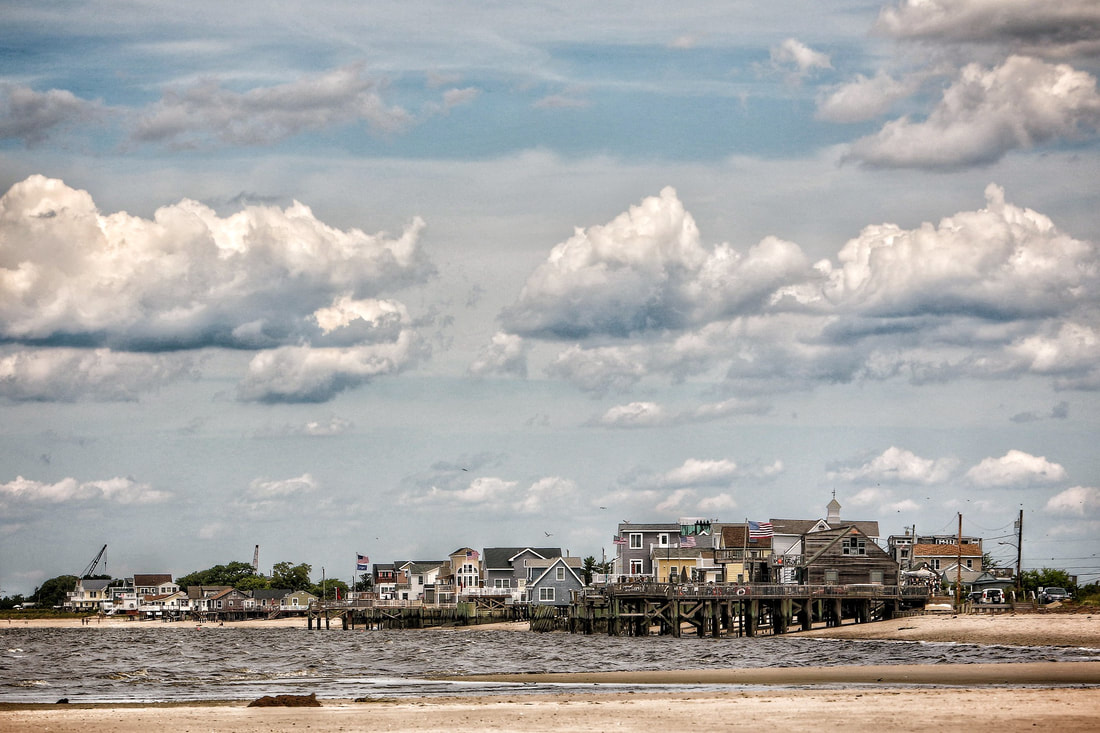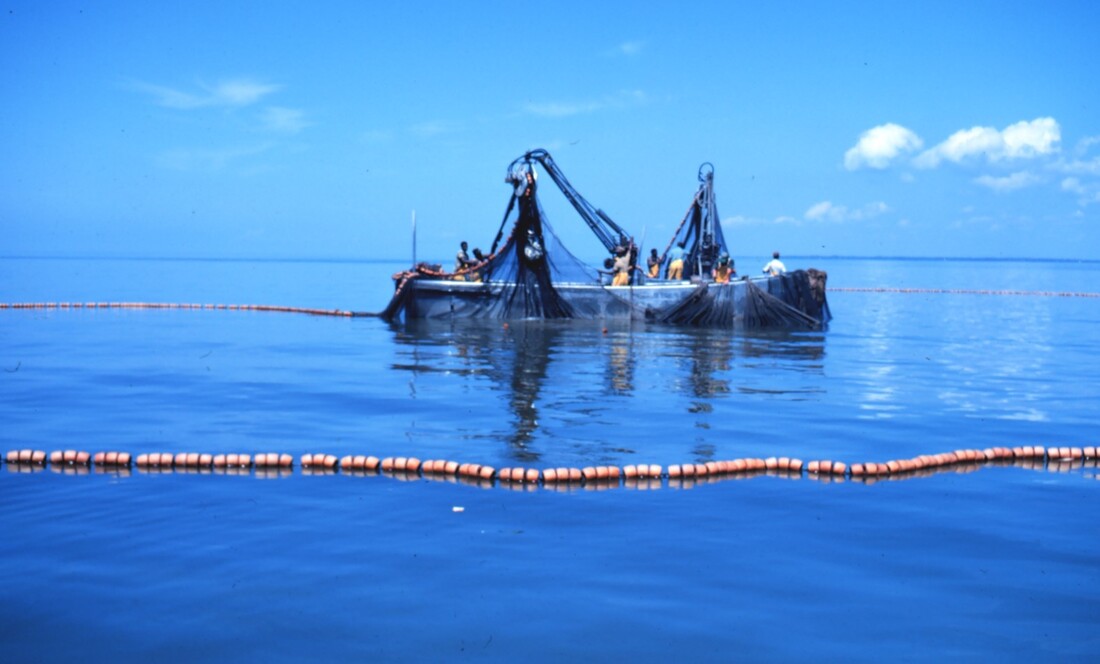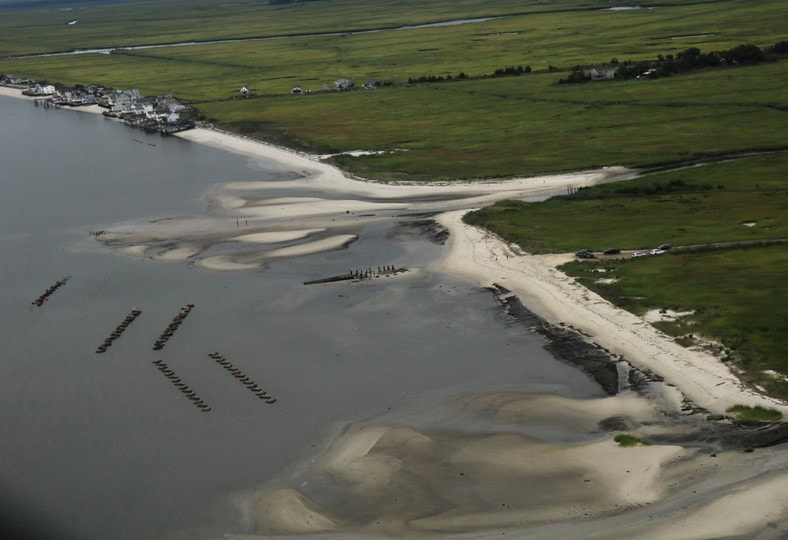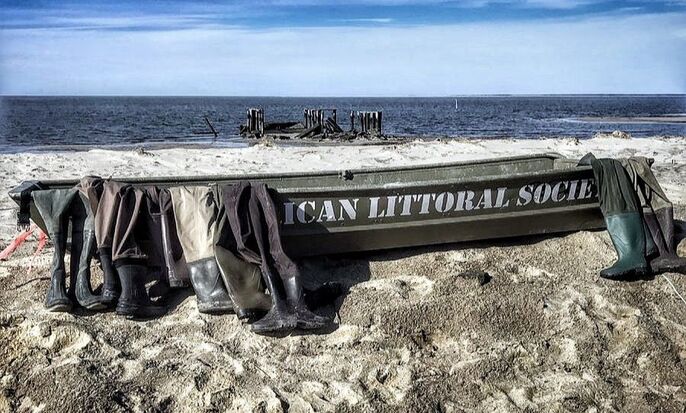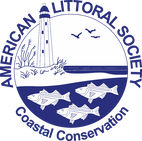|
Tuesday, October 27
10 - 11:30 a.m. Click Link To Register The objective of the Clean Water Act is to maintain the chemical, physical, and biological integrity of our Nation’s waters*. What exactly does that look like for the Delaware River Basin? Join the River Network and partners for a webinar to learn about water quality standards and how the chemical, physical, and biological parameters compare across the four Basin states and the Delaware River Basin Commission (DRBC). Presenters include Dr. Ron MacGillivray of DRBC, Erin Stretz of The Watershed Institute, Adam Griggs of River Network, and Ellen Kohler of University of Maryland’s Water Finance Center. 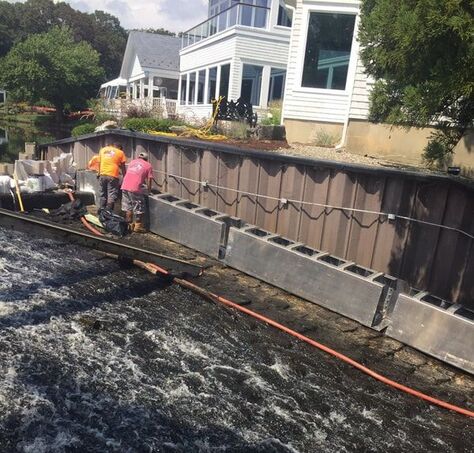 Fish in New Jersey's Wreck Pond can now climb further into the watershed thanks to a ladder over the Old Mill Dam. This summer the American Littoral Society installed the fish ladder in order to give anadromous fish, like alewife and blueback river herring, which spend most of their lives in the ocean but lay eggs in fresh water, renewed access to a former spawning area. Returning from the Atlantic Ocean to coastal rivers every spring, these small, silvery fish helped support important recreational and commercial species, such as cod, haddock, and striped bass. The ladder is the next step in the ongoing effort to restore Wreck Pond and its watershed. Purse seine boats encircling a school of menhaden. Photo by Robert K. Brigham from the NOAA's Fisheries Collection. A number of organizations called on the Atlantic States Marine Fisheries Commission (ASMFC) to follow through on efforts to help protect a crucial fish species. That effort was rewarded on Oct. 28 with a vote by ASMFC's Atlantic Menhaden Management Board to reduce the Atlantic menhaden quota by 10 percent.
The decision established a quota of 194,400 metric tons for the 2021 and 2022 fishing years. Atlantic menhaden are a primary food source for numerous sportfish populations, especially striped bass. Menhaden have been called the "most important fish in the sea." In the bays and estuaries of the east coast they create a vital connection between the bottom and top of the food chain. They eat tiny plants and animals and are a rich food source for many predator fish — including rockfish (striped bass), bluefish, and weakfish, as well as ospreys, bald eagles, dolphins, and whales. Menhaden migrate along the Atlantic coast from Florida to Maine. ASMFC, an interstate governing body manages the fishery for the 15 states that share the coastline. 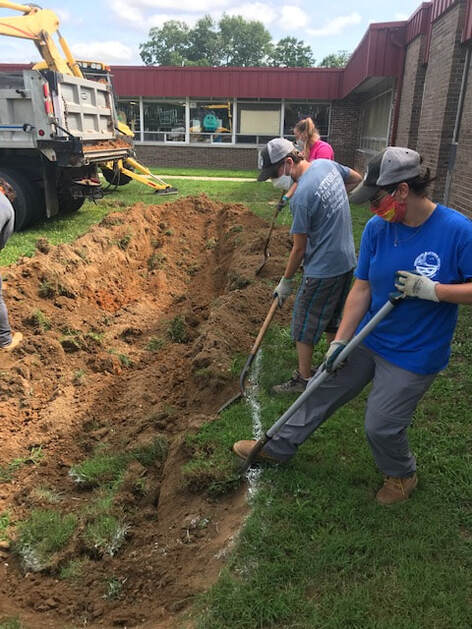 Students and staff at Anthony Rossi Elementary School in Vineland, NJ partnered with the American Littoral Society, Rutgers Cooperative Extension and the Association of New Jersey Environmental Commissions (ANJEC) to install two rain gardens on school grounds. Students from several classrooms received education, both in class last Spring and virtually, to help prepare them for the planting and ongoing care of the gardens. Rutgers engineered a detailed plan for the excavation and design of the gardens for efficient absorption of rainwater from the building's downspouts to infiltrate our region's aquifer, rather than allowing it to flow as surface water into storm drains - likely collecting pollution along the way. This process is called bioretention. The Coalition for the Delaware River Watershed hosted a webinar on Monday, October 5 to share information on a project seeking to promote fair and equitable opportunities to “get more people, more often, in more places” swimming, paddling and enjoying the 27 mile stretch of the Delaware River flowing past Philadelphia, Camden and Chester.
The Water Center, University of Pennsylvania, and the American Littoral Society, with the support of the William Penn Foundation, are creating a “road map” of possible improvements and a process to advise policy makers on preferred paths for relatively short-term action that would result in better water quality in targeted areas of the Delaware River in order to support swimming, wading, and paddling. Saturday, October 24
Noon - 1 p.m. Link Will be Sent to Members Due to the ongoing COVID-19 health crisis, and our best efforts to keep everyone safe and healthy, the Society will not be hosting a Members Day celebration in 2020. However, we will be gathering for a virtual 2020 Annual Meeting via Zoom. Members in good standing will hear from Executive Director Tim Dillingham and Board of Trustees Chair Tally Blumberg on the state of the Society and vote in the annual Board of Trustees Election. If you are a member in good standing, you will receive a meeting announcement and ballot in the mail and via email. We ask that you carefully review the notice and, if you’re unable to join us on the 24th, return the ballot by mail. If you need to check your membership status, please reach out to Diana Lucatelli via email at: [email protected]. 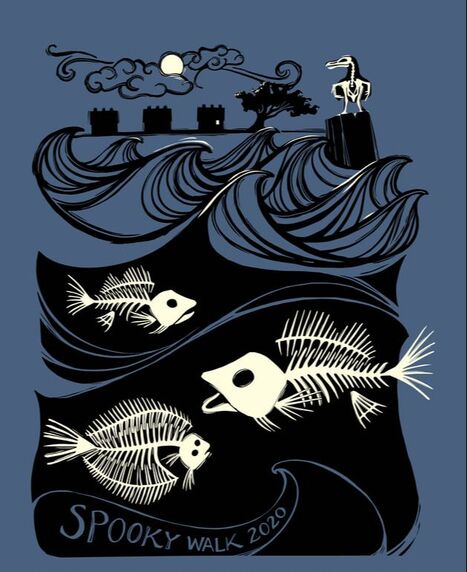 Click Here for the Virtual Spooky Walk Every year, around Halloween, the American Littoral Society hosts an after-dark tour of Fort Hancock in the Sandy Hook Unit of Gateway National Recreation Area. Our Spooky Walk has always been one of our most popular annual events, thanks in no small part to the stories and history imparted by our intrepid guide Jeff Dement (who moonlights as Littoral Society Fish Tagging Director). Unfortunately, due to precautions surrounding Covid-19, we can't host large, in-person activities this year. However, we've come up with a way to help you do the Spooky Walk on your own. And we've created a special T-shirt to commemorate the occasion. An aerial view of Cooks Beach in Cape May County, NJ with near shore engineered oyster reefs designed to help maintain and protect the restored beach from storm surge and waves. An American Littoral Society restoration project has been honored by the American Shore & Beach Preservation Association (ASBPA) as one of the Best Restored Shores in the United States.
The work at Cooks Beach in Cape May County, NJ is one of three projects highlighted as part of ASBPA's second annual Best Restored Shores awards. The program recognizes projects that apply natural and nature-based solutions to enhance the nation's shorelines. "We're certainly proud to be honored by the ASBPA for our work, which involves countless local volunteers, as well as the involvement of state and federal partners and funding from the National Fish and Wildlife Foundation," said Capt. Al Modjeski, Restoration Program director for the American Littoral Society. "But equally important is that the project has paid off for the spawning horseshoe crabs and migrating shorebirds who need these Delaware Bay beaches to maintain their natural lives." The results of climate change are becoming ever more evident. Yet, according to an article in GRIST by Miyo McGinn, most American kids graduate high school “without any formal education about a crisis that is already harming their communities and fundamentally reshaping life on Earth."
The National Wildlife Federation - along with the American Littoral Society - is trying to change that by providing quality curricula and programs that advance climate literacy through the Resilient Schools Consortium (RiSC™) program. The RISC program was first launched in 2017 in six New York City public schools by Brooklyn College, the National Wildlife Federation, and partners with funding from the National Oceanic and Atmospheric Administration. 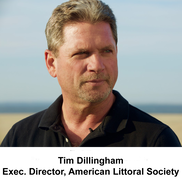 Habitat is home. Just like in our own homes, coastal habitats are defined and made unique by their locations, specific features or characteristics, and who shares the neighborhood. For example, bays, estuaries, coastal marshes and the ocean all have salt water but the level of salinity varies in each, making them as different as Highlands, NJ is from the New Jersey Highlands. Likewise, in all of those salty places, plant and animal life differs, as does the energy of the water (waves, tides, currents), and the human influence on them through such things as construction, boating or fishing. Those elements and so many others intertwine to determine who in the coastal and marine environment lives where. |
Archives
July 2024
Categories
All
|

